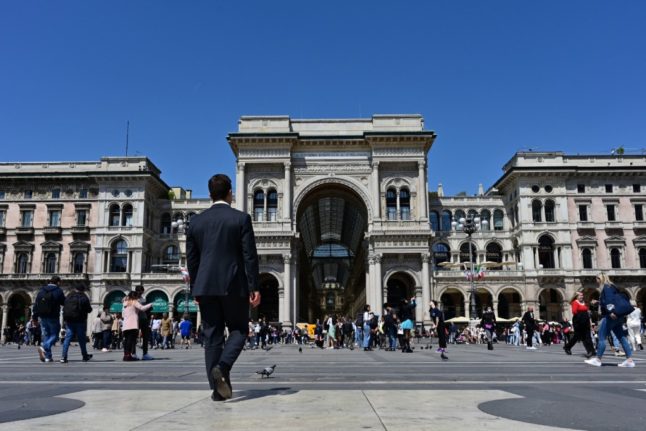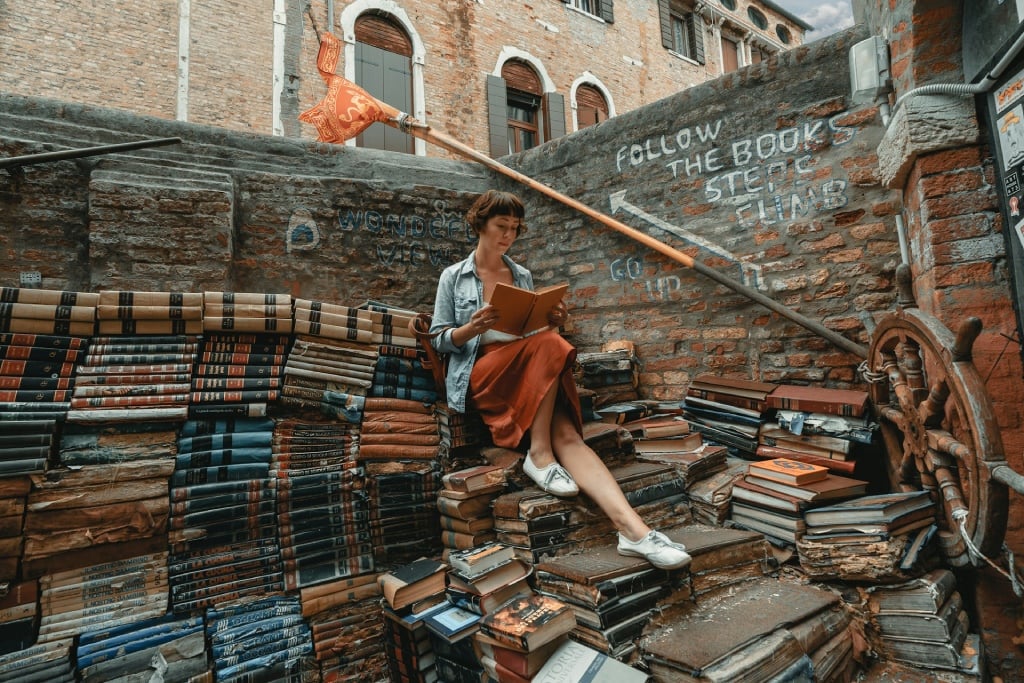Milan is one of the most popular Italian cities among foreigners, with over 475,000 international residents (around 14.7 percent of the city’s total population).
After Rome, Milan is also the second-most popular Italian destination among native English speakers, with UK and US nationals leading the pack with 2,380 and 1,500 residents respectively.
READ ALSO: Ten things you need to know before moving to Italy
But, while life under la Madonnina comes with a number of attractive upsides, residents also have their share of complaints: in fact, the city is regularly voted one of the “worst” in the world for foreigners to move to.
So what are the potential negatives to know about if you’re planning a move to Milan?
Expensive accommodation
Whether you’re renting or buying, finding accommodation in Milan will not come cheap.
According to the latest data from property market portal Wikicasa, monthly rent comes at an average of around €22 per square metre – that’s €6 over the regional average, and almost €10 higher than national average.
READ ALSO: ‘It takes time’: Foreign residents on what it’s really like to live in Milan
According to Numbeo estimates, renting a one-bedroom flat in the city centre will set you back over €1,400 a month on average, while renting the same type of flat in the outskirts will come at an average monthly price of around €950.
If you’re looking to purchase a property in the city, the average asking price is €5,470 per square metre – that’s more than €3,000 over the regional average, and over €3,500 above the national average (€1,910 per square metre).

High cost of living
Over the past few years, Milan has consistently ranked amongst the Italian cities with the higher living costs (it took the title of most expensive Italian city to live in in 2022).
According to estimates from online investment advisor Moneyfarm, the average Milan family spends around €450 a month on groceries, €50 more than the average family in Rome.
READ ALSO: How much does it cost to live in Milan in 2024?
A restaurant meal in Milan will also generally cost you more than in most other Italian cities. For instance, a three-course meal for two in a mid-range city restaurant will set you back around €80 in Milan, while the national average stands at €50.
As for utility bills, monthly bollette for an 85-square-metre flat in Milan are estimated to add up to an average of €252.
Questionable driving
If you have never driven in Milan before, it may take you some time to get accustomed to local driving habits.
Milan is a bustling city where everyone seems to always be in a rush. This goes for motorists too, who tend to routinely neglect speed limits and traffic signs.
Overall, defensive driving is strongly advised for people that are new to the city.
Pollution
Though it slid down from second to tenth place in the latest ranking of the most polluted Italian cities by environmental watchdog Legambiente, Milan residents continue to breathe some of the most polluted air in the country.
The city’s population density, road traffic and heavily industrialised outskirts all contribute to poor air quality, with the situation generally being worse during the cold months due to dry spells.
READ ALSO: ‘I’ve lost hope’: What it’s like living in Italy’s most polluted cities
Anti-smog measures, including bans on high-emission vehicles, were introduced in late February in Milan after particulate matter (PM10) levels exceeded limits for a fourth day in a row.

Not-so-Mediterranean climate
Italy is generally known for its sunny and pleasantly warm weather conditions for the most part of a year, but Milan has little in the way of that.
Summers in the city are hot (between 25C and 30C on average during the day) and very, very humid, while winters are fairly cold (temperatures range from -2C to 8C on average) and gloomy.
READ ALSO: Six essential apps that make life in Milan easier
Also, Milan has between 80 to 90 rainy days a year, with May generally being the rainiest time of the year.
Critical taxi shortage
This is an issue that is by no means specific to Milan alone, as most major cities in Italy have long been dealing with cab shortages.
But to give you an idea of the scale of the problem, a recent report from Italian newspaper Il Corriere della Sera found that the Milan metropolitan area has around 500,000 “unresolved calls” – that is, people who try and fail to book a taxi – every month.
READ ALSO: Italy’s taxis are often a nightmare, but will things ever change?
Normal Uber services are not available in the city; Uber Black services are, but a ride won’t come cheap (a ride from central Milan to Malpensa airport can cost between €170 and €305).
If you live in Milan, do the positives outweigh the negatives? Let us know in the comments below.




 Please whitelist us to continue reading.
Please whitelist us to continue reading.
The pollution comment is real, but it’s mostly in January and February – as we just experienced. It also applies to the entire Po River Basis, which includes Como, can stretch to Venice and down south just below Bologna. But Milan seems in the middle of that and is a bit worse. We were just in Modena for February and there were days we did not go outside. But when I researched the time of year, it’s really those two months. I believe the average air quality for Milan otherwise is quite good.